Fishing Streamers
One of the easiest ways to land a big fish on a fly is with a streamer. Since these are designed to imitate small fish, many of these are bigger than other types of flies. In this article, we'll talk about some of the most common types of streamer flies.
You can land a big fish using a fly fishing rod if you can cast 20 feet. While fishing, you can also strip line into the water to allow your flies to drift in and catch fish. You can cast Woolly Buggers or other similar flies into the water and expect to get hit.
One of the most effective ways to improve the action of a fly is by attaching a split-shot to the leader. This will allow the fly to bounce and move up and down like a wounded minnow. Gamefish will also hunt for wounded baitfish.
A big freshwater or saltwater fly fishing streamer requires a larger than average rod to cast. The larger the fly, the bigger the fish you'll be able to catch and the larger the rod you'll have to use to fight the fish.
BAIT FISH FLY FISHING STREAMERS
Before you start fishing for big fish using a fly fishing rod, it's important to determine which type of baitfish the larger fish will be looking for. For instance, if you're planning on fishing for bass in a stream, you'll need a fly that resembles a crayfish. But if the fish are mainly looking for silver-colored minnows, you'll want to use a silver minnow.
Although the fly line can swim in moving water, it won't swim in the bodies of lakes and ponds that remain still. To retrieve the fly, you must cast it and keep casting it. The farther you're able to cast, the more fish you'll be able to catch.
Depending on the type of fly line you use, it can retrieve the fly at different depths. For instance, if the fish are deep, you'll need to get the fly deeper to catch them. Sinking lines are ideal for this type of fishing.
FLY LINE WEIGHT
The heavier the line, the faster it will sink. If you're fishing in fast-moving or deep water, you'll need a Type V line to reach the bottom. In shallow and slow-moving water, you'll need a Type I or floating line. On lakes, an intermediate or uniform sinking line from Scientific Anglers is ideal for this type of fishing.
A fly fishing technique known as hand-twist retrieve is simple to use in lakes or ponds. You can either cast the fly and let it swing behind the boat or let it follow behind you as you move.
Streamer fishing is similar to this technique. You can cast the fly across the current and let it run downstream. When you're fishing from a boat, you can retrieve it quickly and easily.
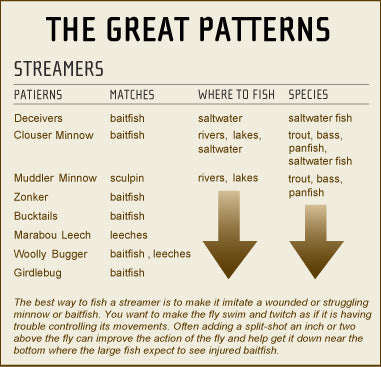
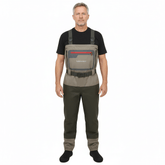

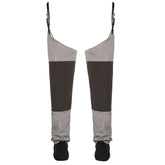
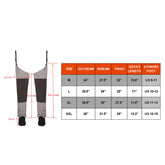
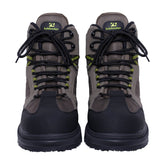
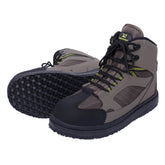
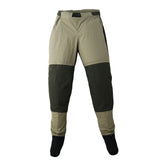

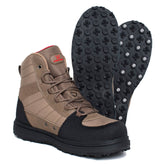
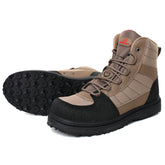
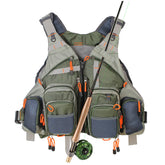

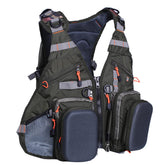
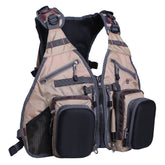
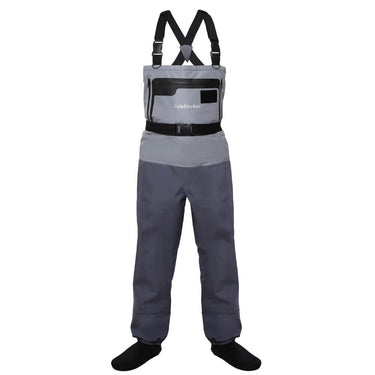
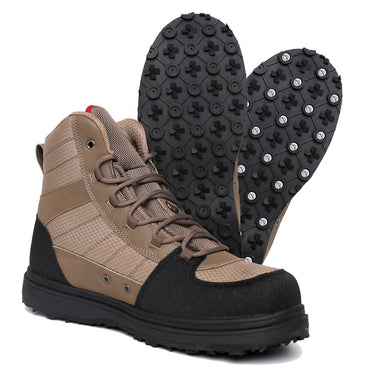

Leave a comment
Please note, comments need to be approved before they are published.